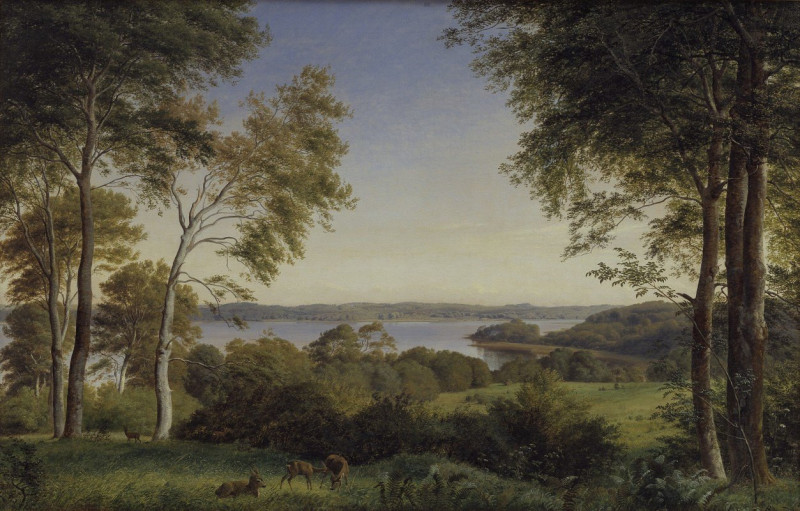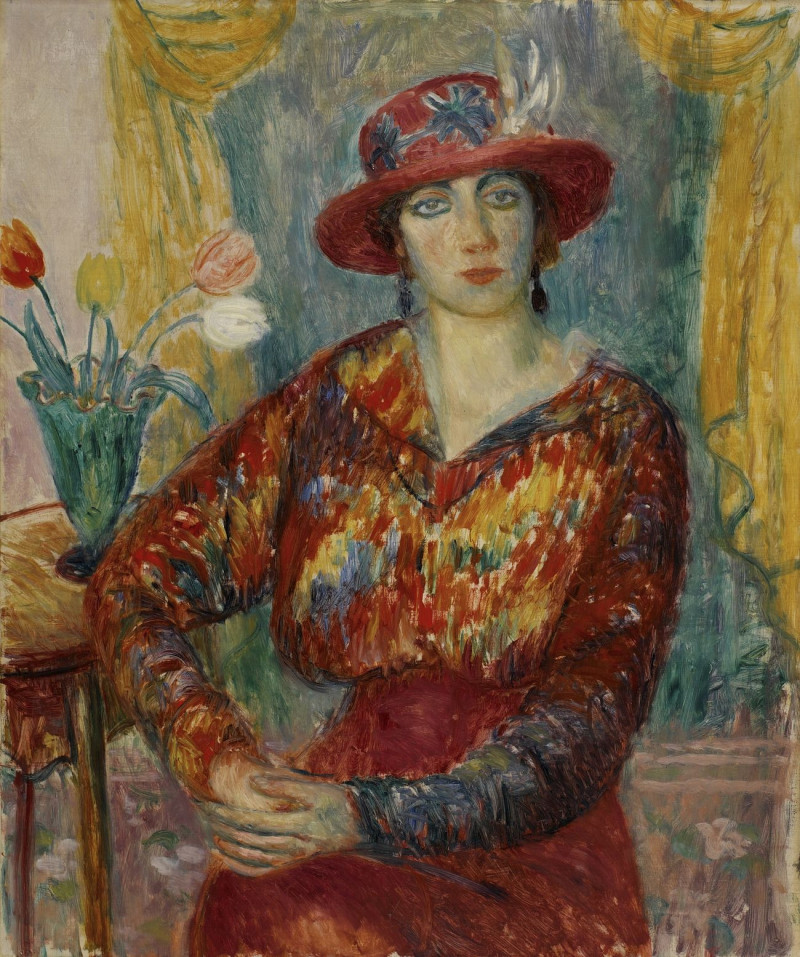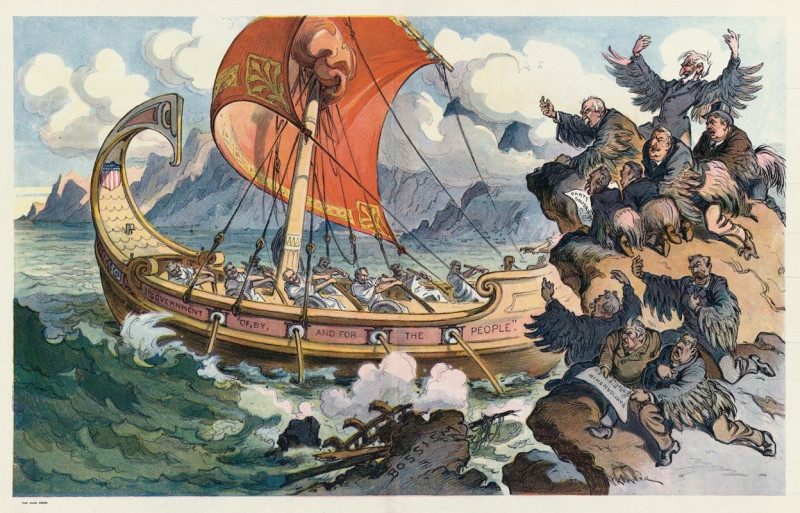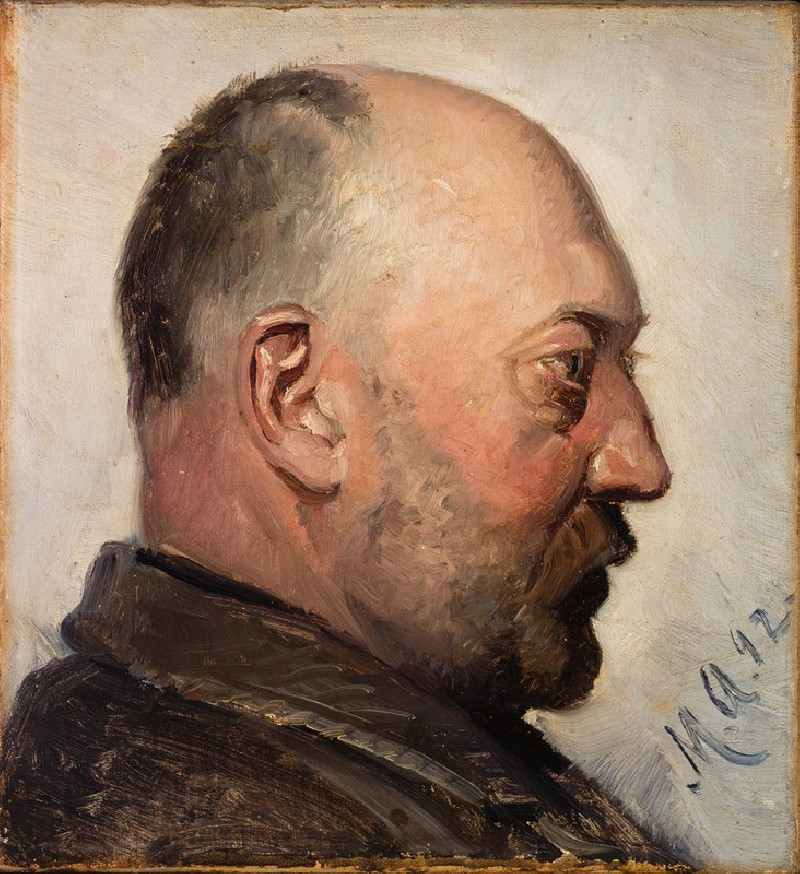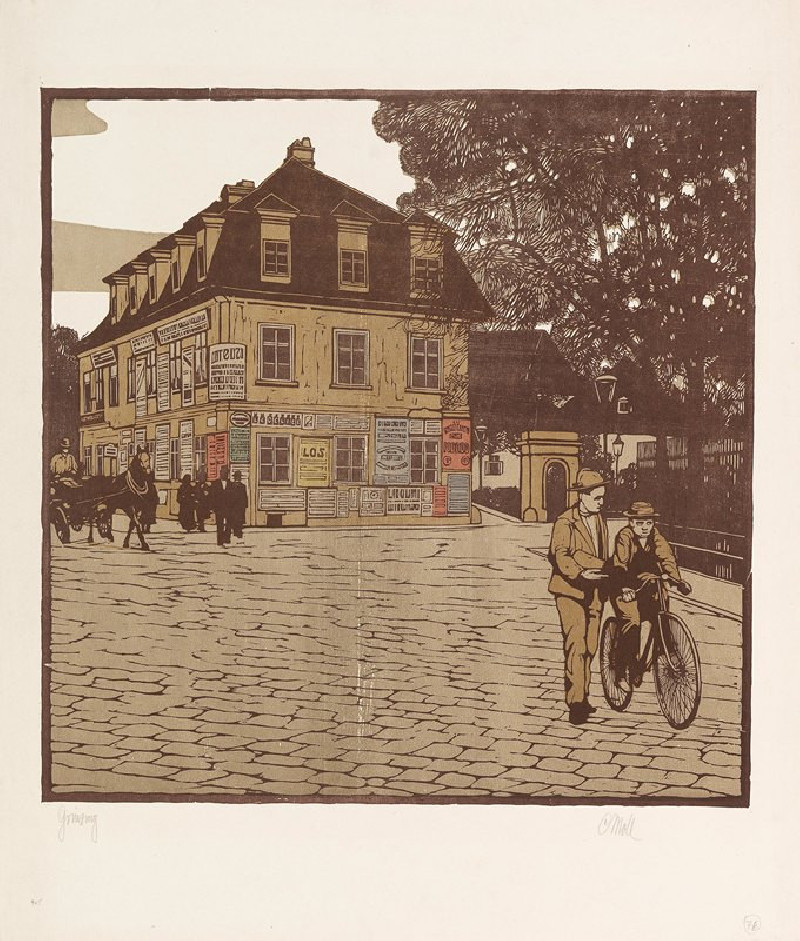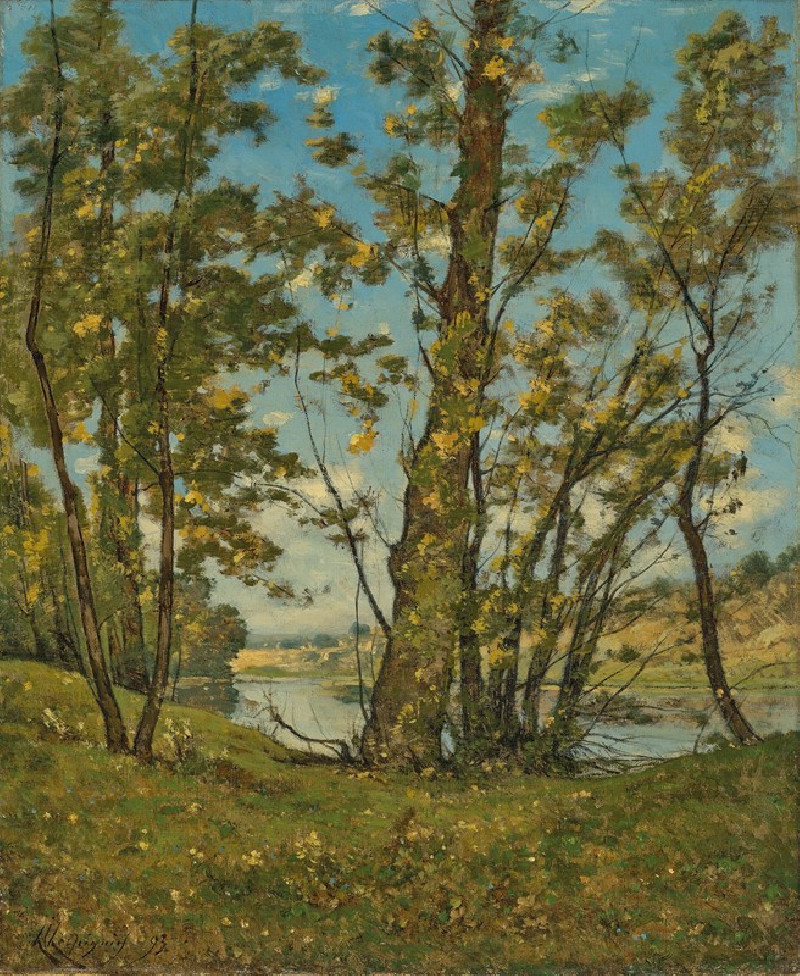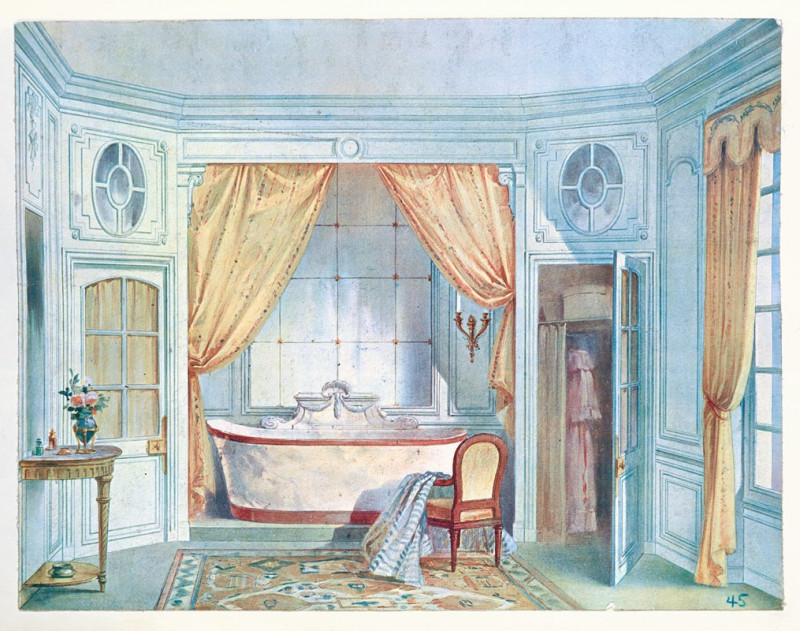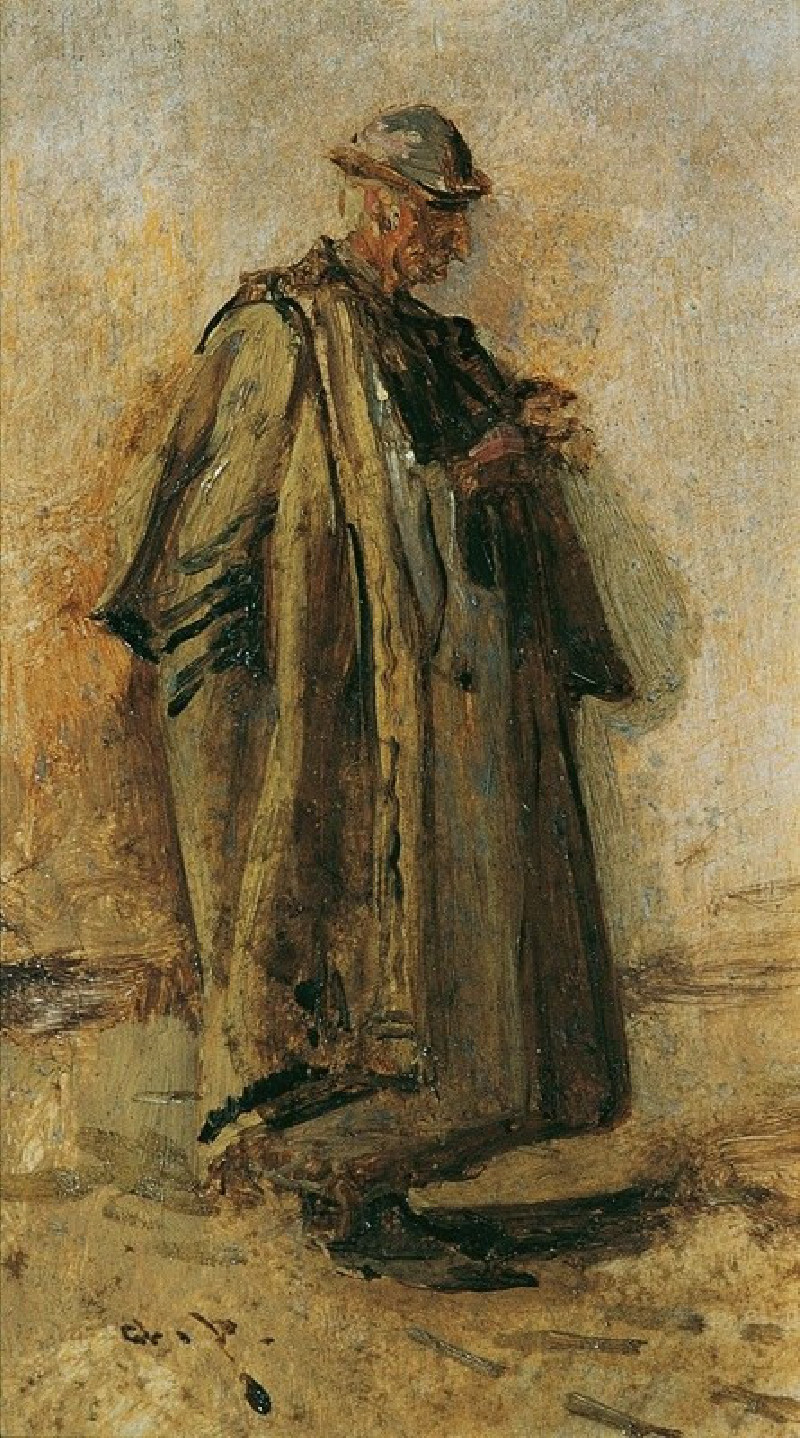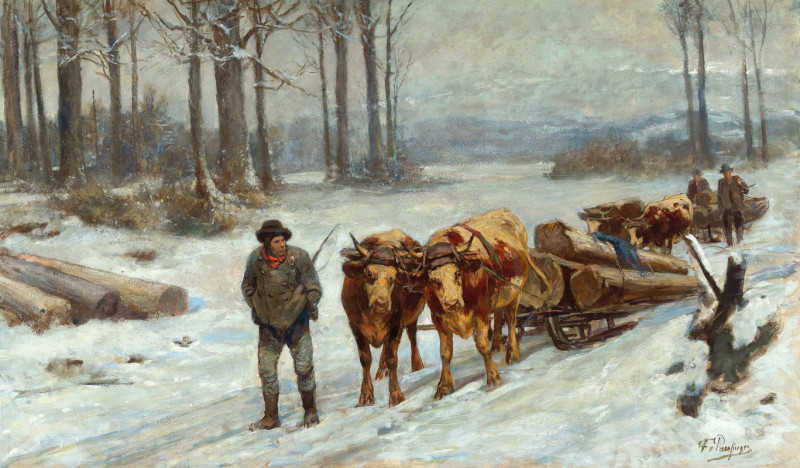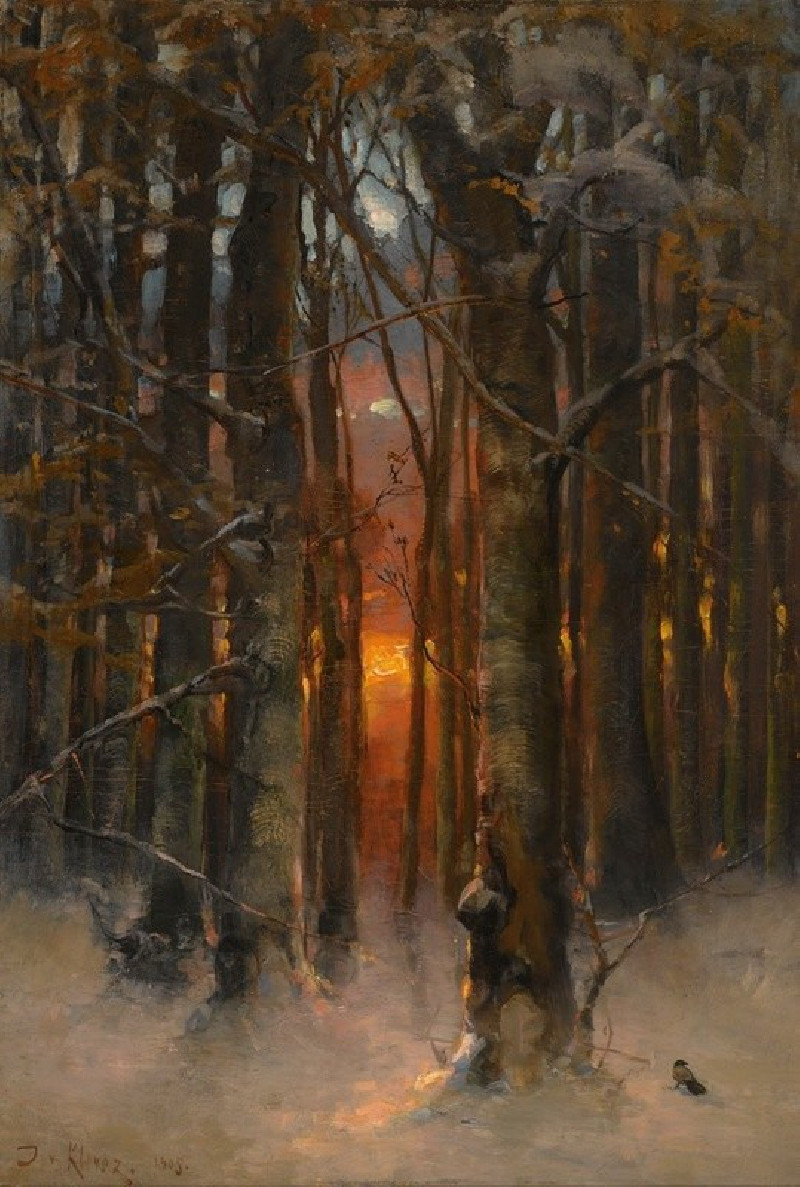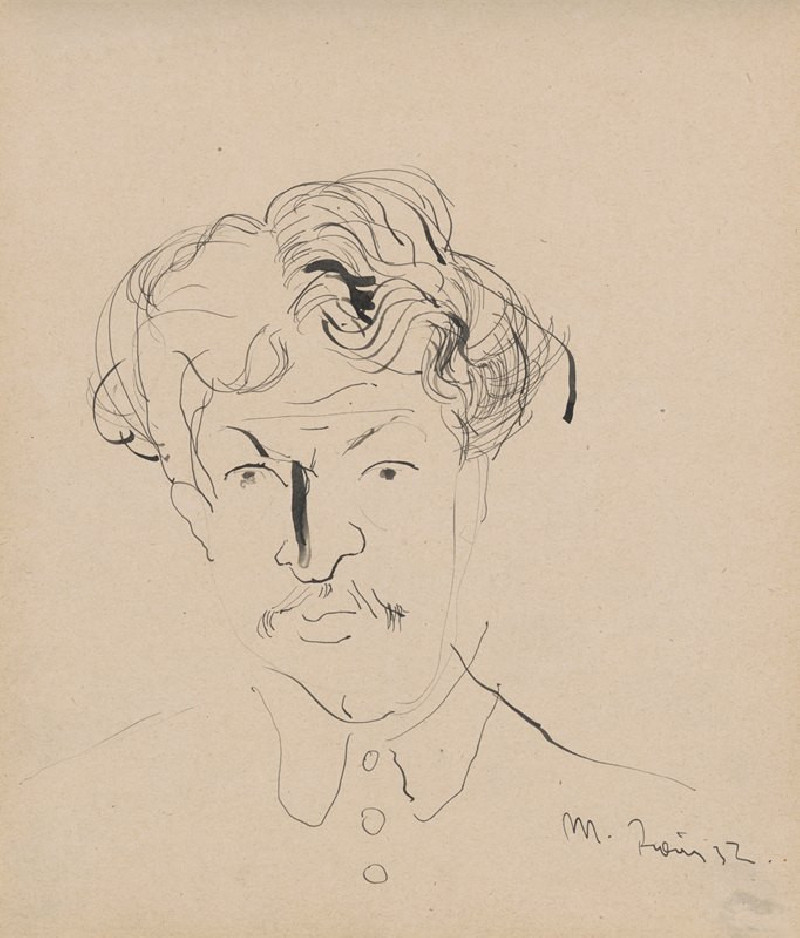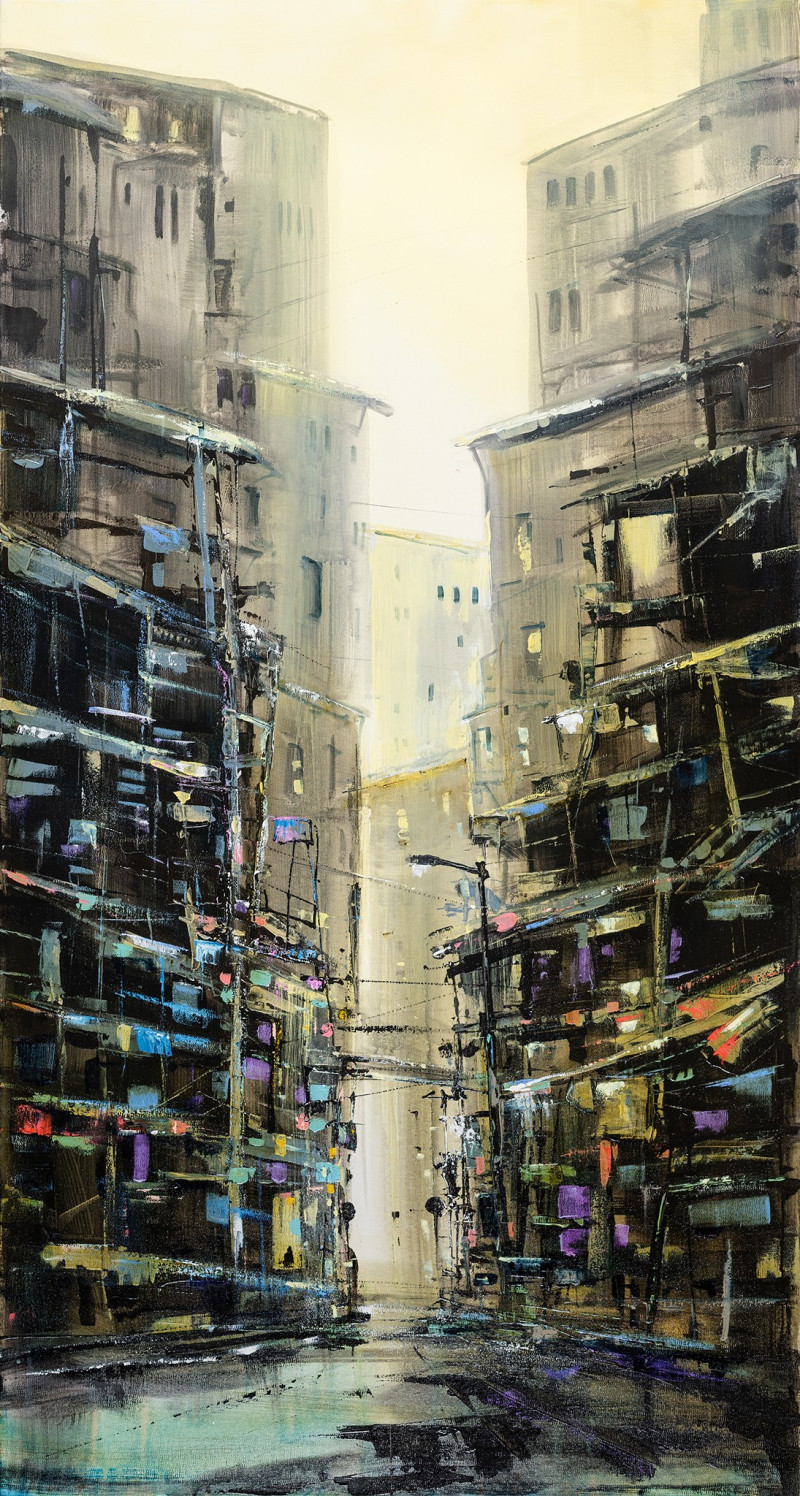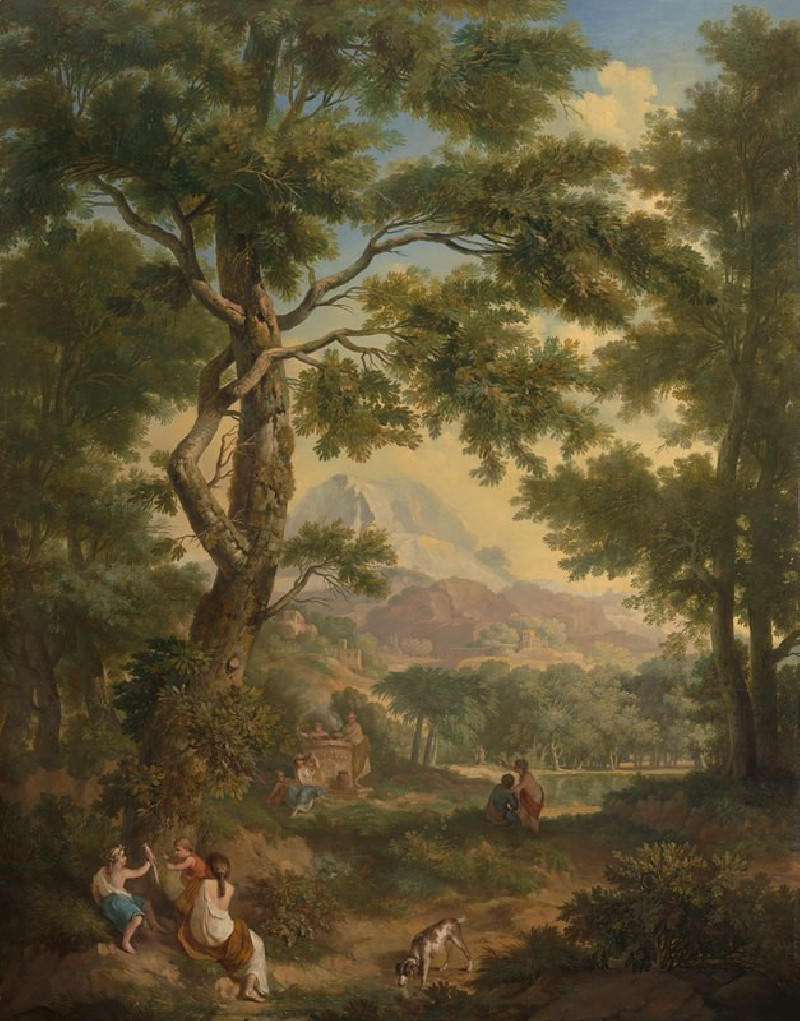The Temple of Wangdutse (1783)
Technique: Giclée quality print
Recommended by our customers
More about this artwork
"The Temple of Wangdutse" (1783) by Samuel Davis is a captivating illustration that showcases not just Davis's artistic skill but also his appreciation for architectural serenity and cultural richness. Rendered in soft, monochrome watercolors, this piece subtly captures the tranquil ambiance of its setting.In the painting, the focal point is a modest yet noble structure, presumably the temple itself, characterized by its sturdy, simple lines and a traditional roof that gently rises into elegant points, perhaps indicative of its cultural significance. The temple is cradled by lush foliage with trees sketched in a manner that conveys both texture and movement, suggesting a soft breeze passing through. This interplay of architecture and nature is a testament to the harmony often found in spiritual retreats.Samuel Davis’s use of light and shadow, along with the sparing but effective use of ink wash, lends depth and realism to the scene. The composition invites the viewer to appreciate the calm isolation and the profound peace that such a temple, sequestered away in nature, might offer to its visitors and devotees.

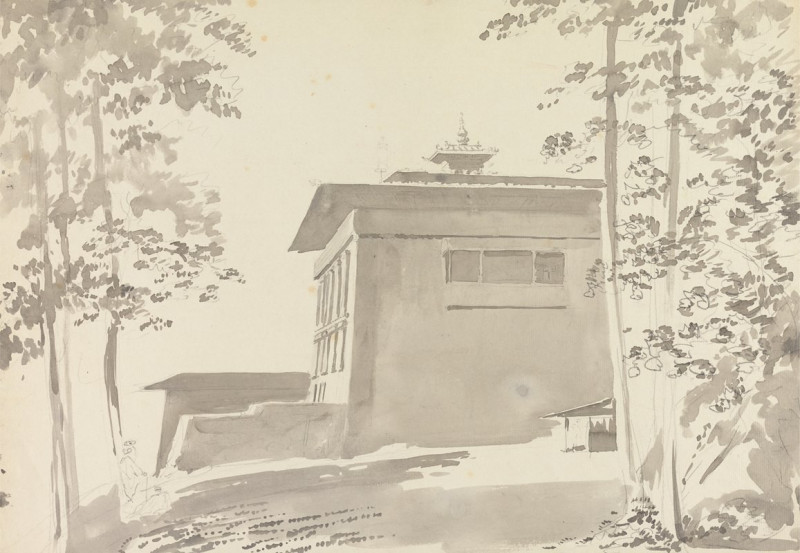
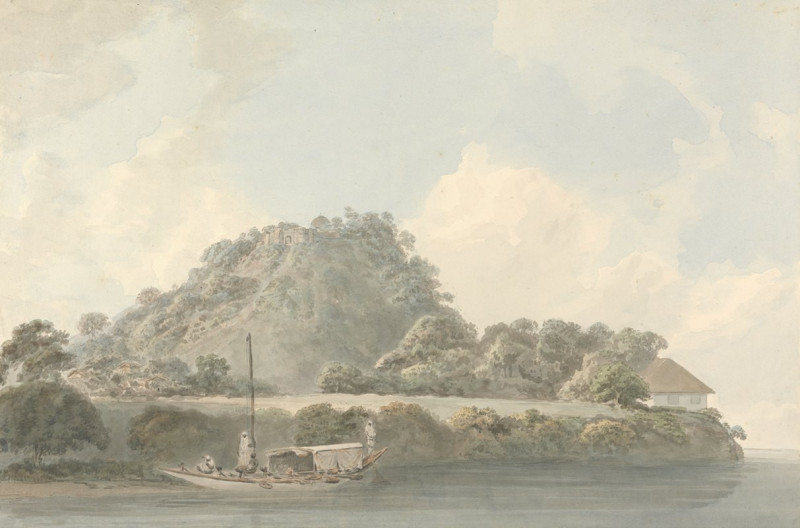


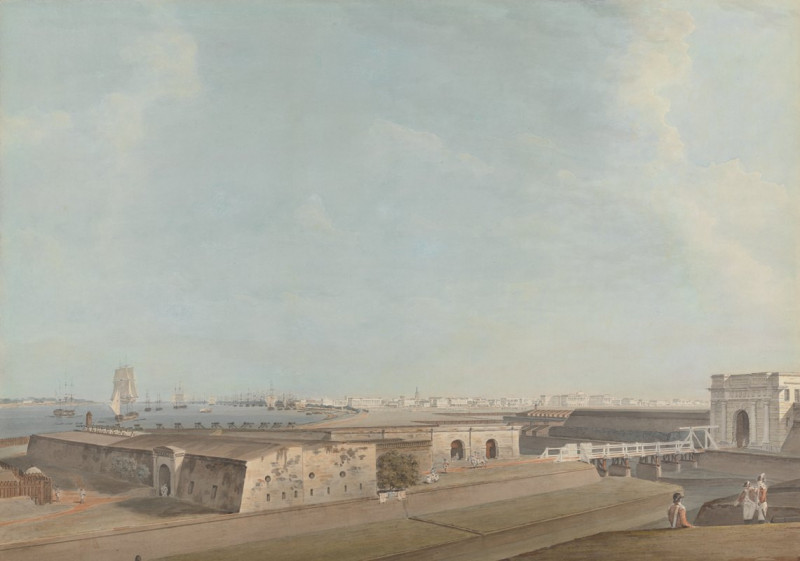
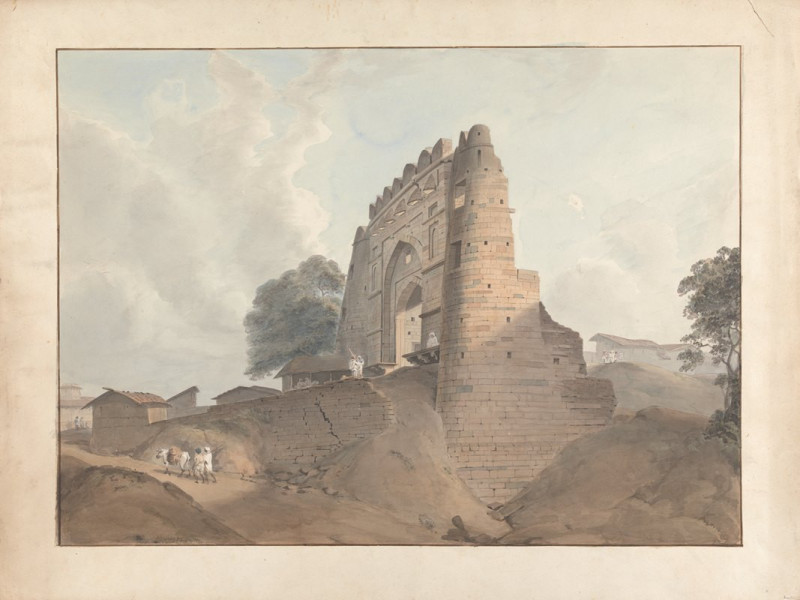
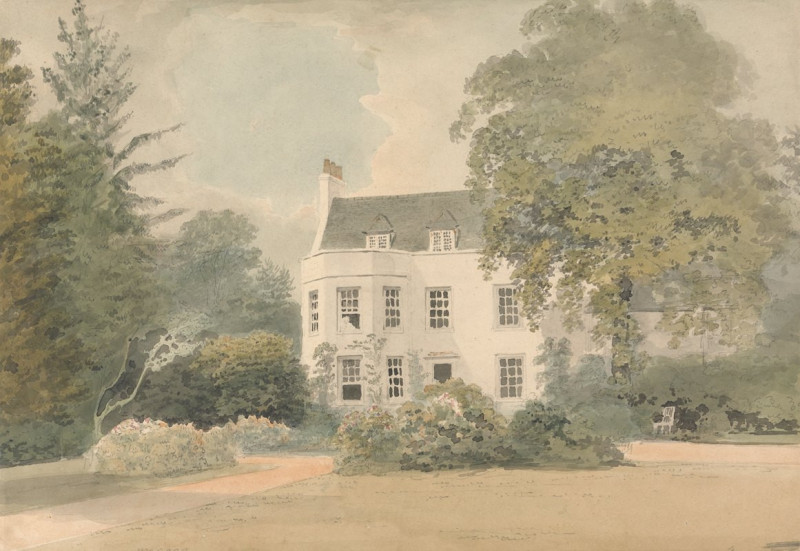
![Gateway of Poonaka [Puna Kha] (1783) reproduction of painting by Samuel Davis. ALL GICLEE PRINTS](https://reprodukcijos.lt/50229-large_default/reproduction-of-gateway-of-poonaka-puna-kha-1783.jpg)
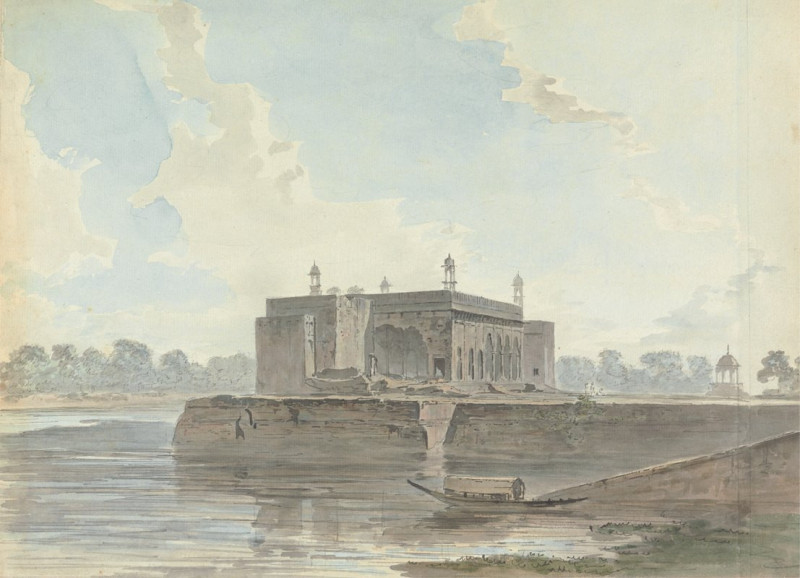
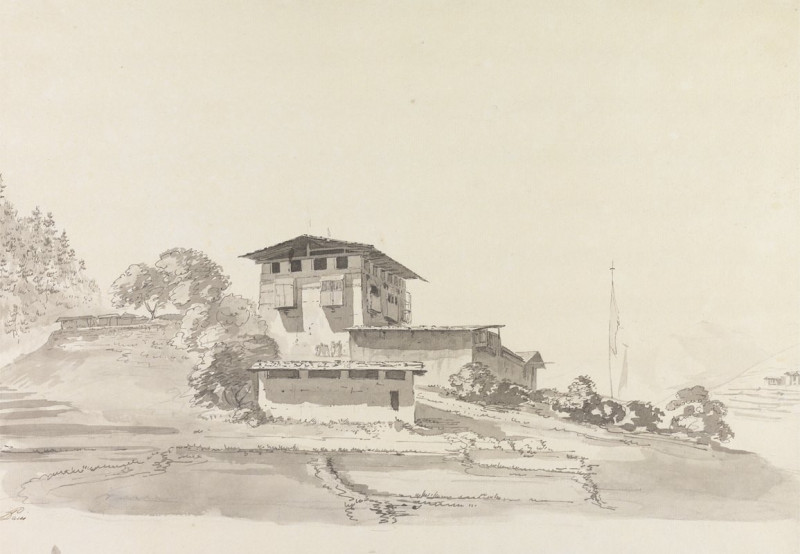
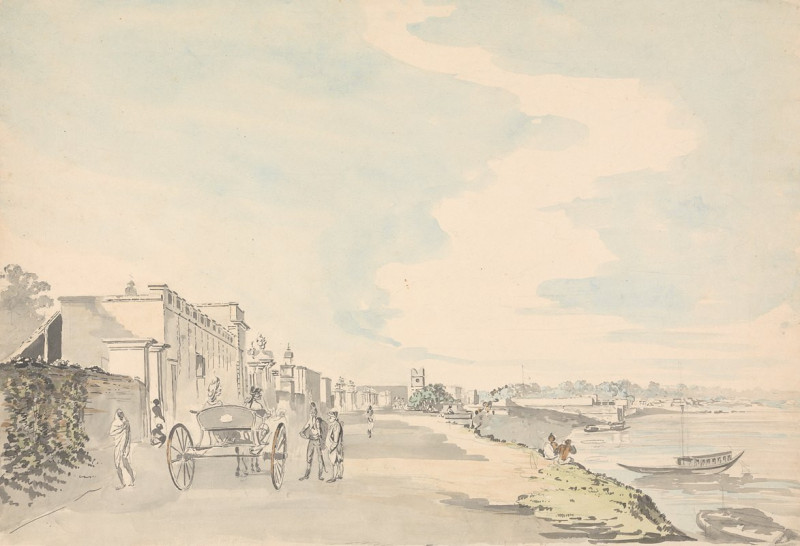
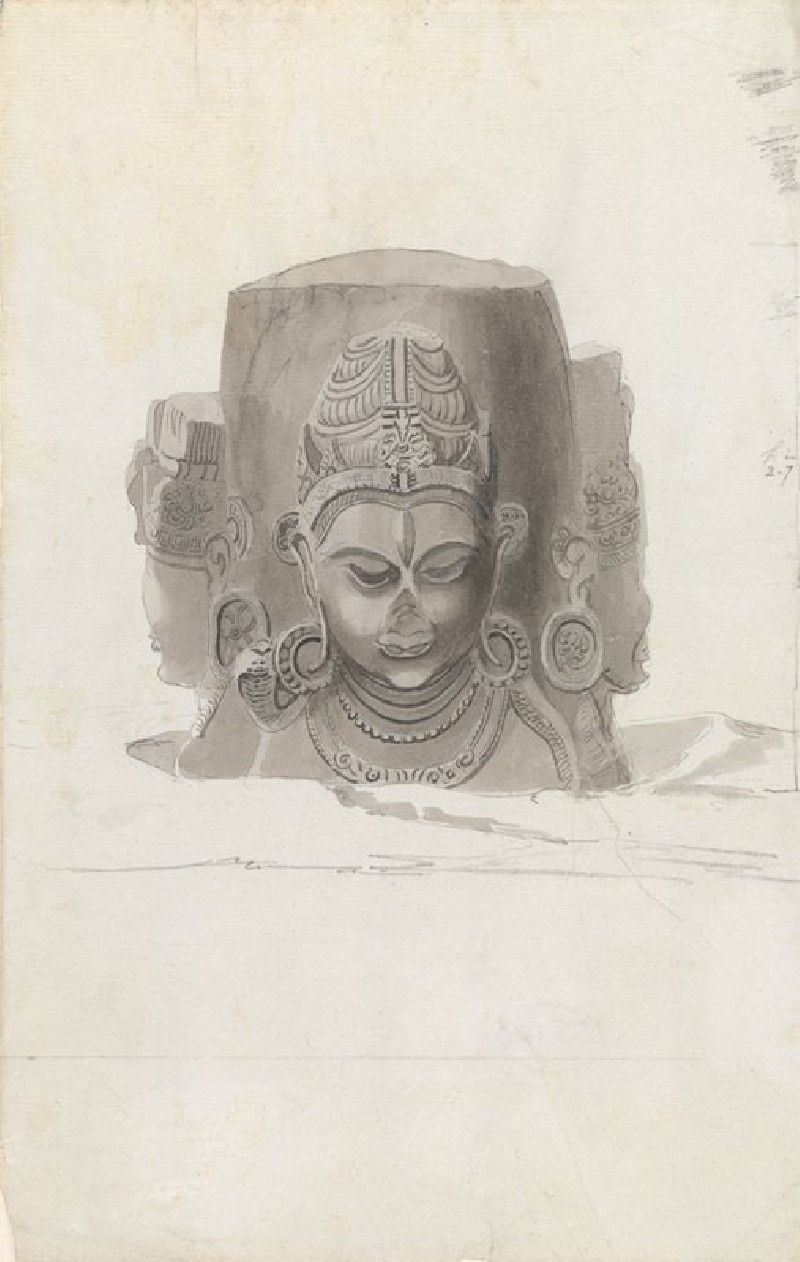
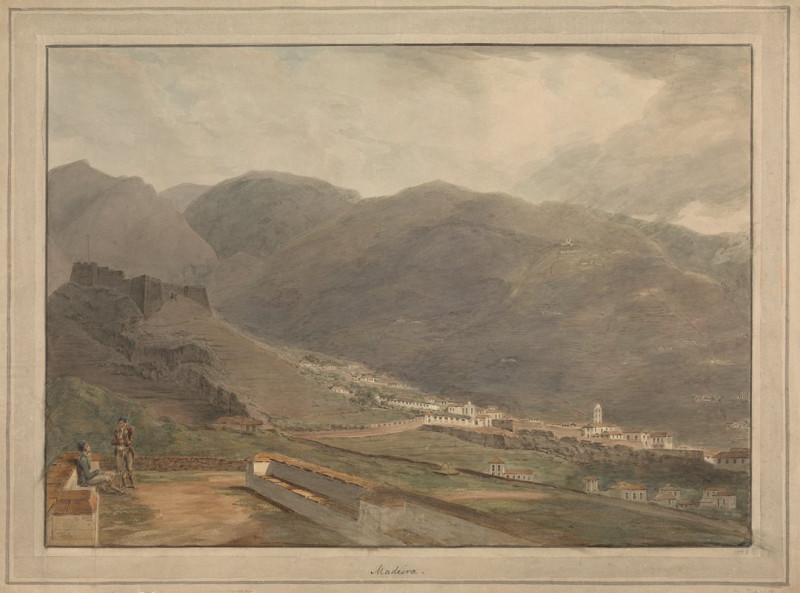

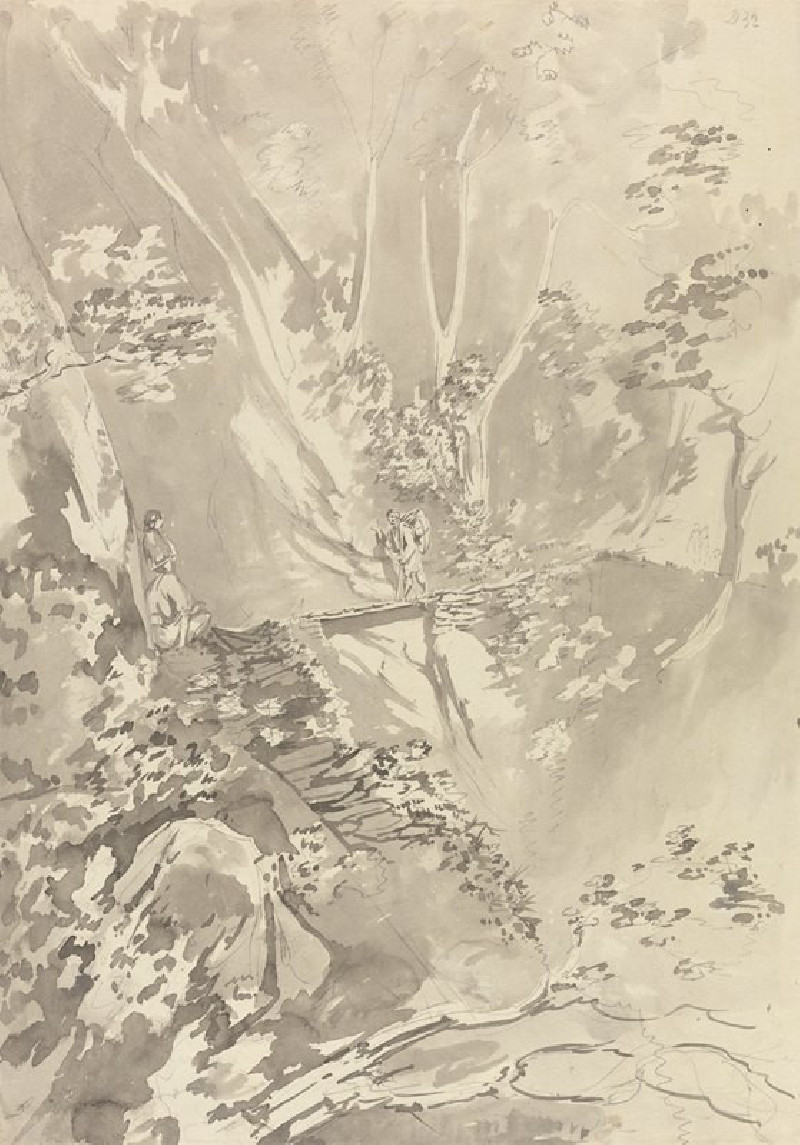
![The Annual Resort of Hindoos to Mundar Hill near Bhagulpore [Bhagalpur] reproduction of painting by Samuel Davis. ALL GICLEE ...](https://reprodukcijos.lt/49419-large_default/reproduction-of-the-annual-resort-of-hindoos-to-mundar-hill-near-bhagulpore-bhagalpur.jpg)
![View Above Poonaka [Punakha] reproduction of painting by Samuel Davis. ALL GICLEE PRINTS](https://reprodukcijos.lt/49426-large_default/reproduction-of-view-above-poonaka-punakha.jpg)
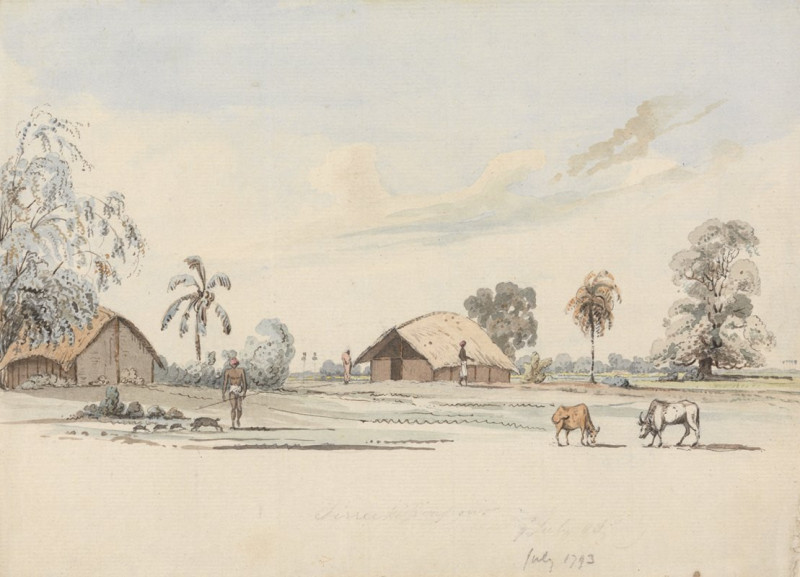
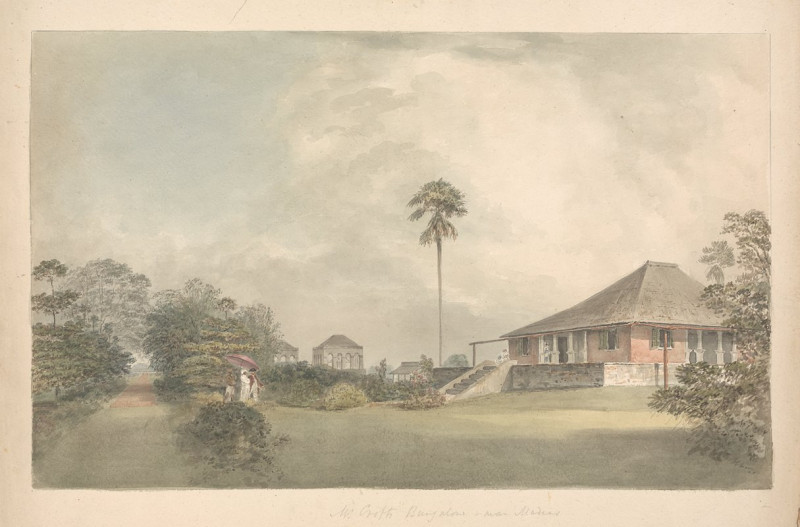
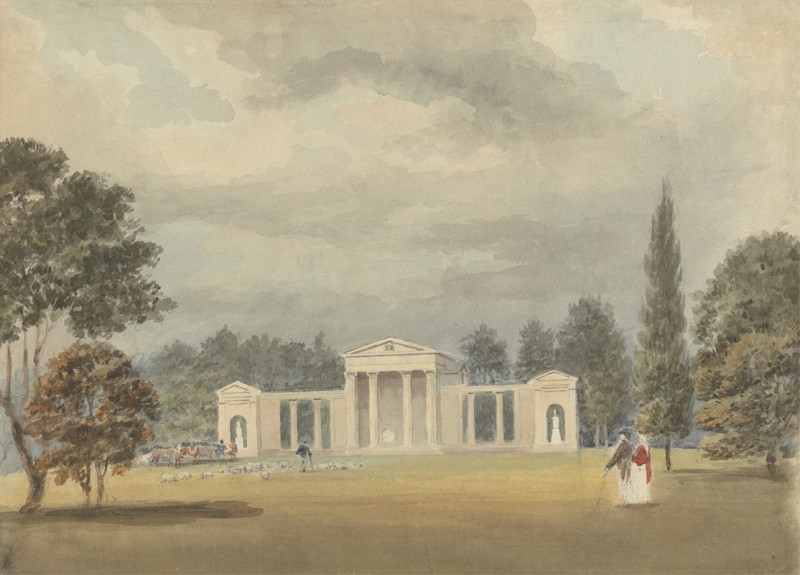
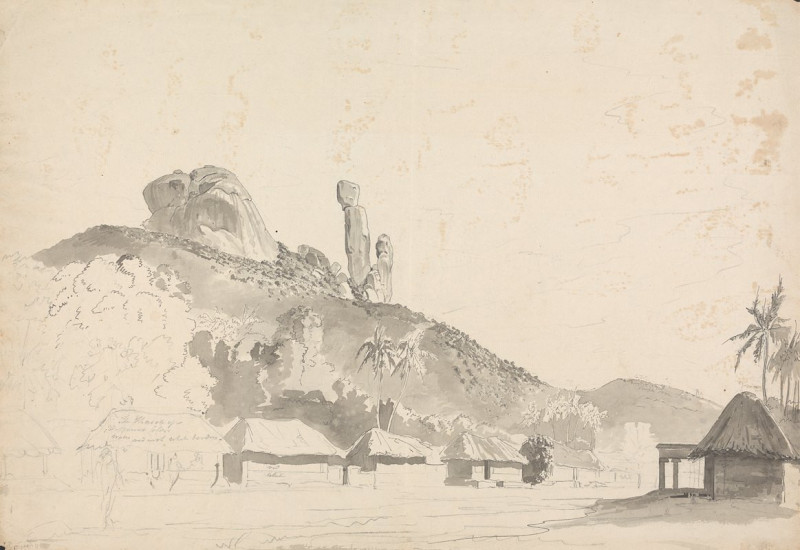
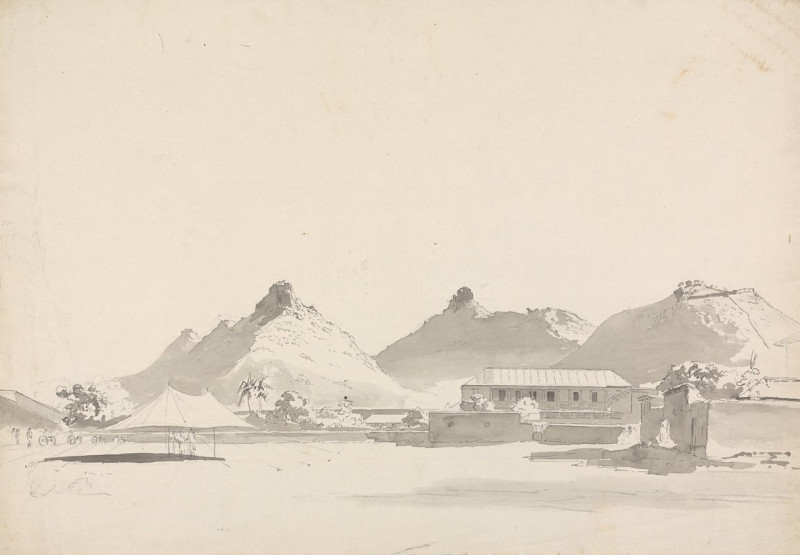

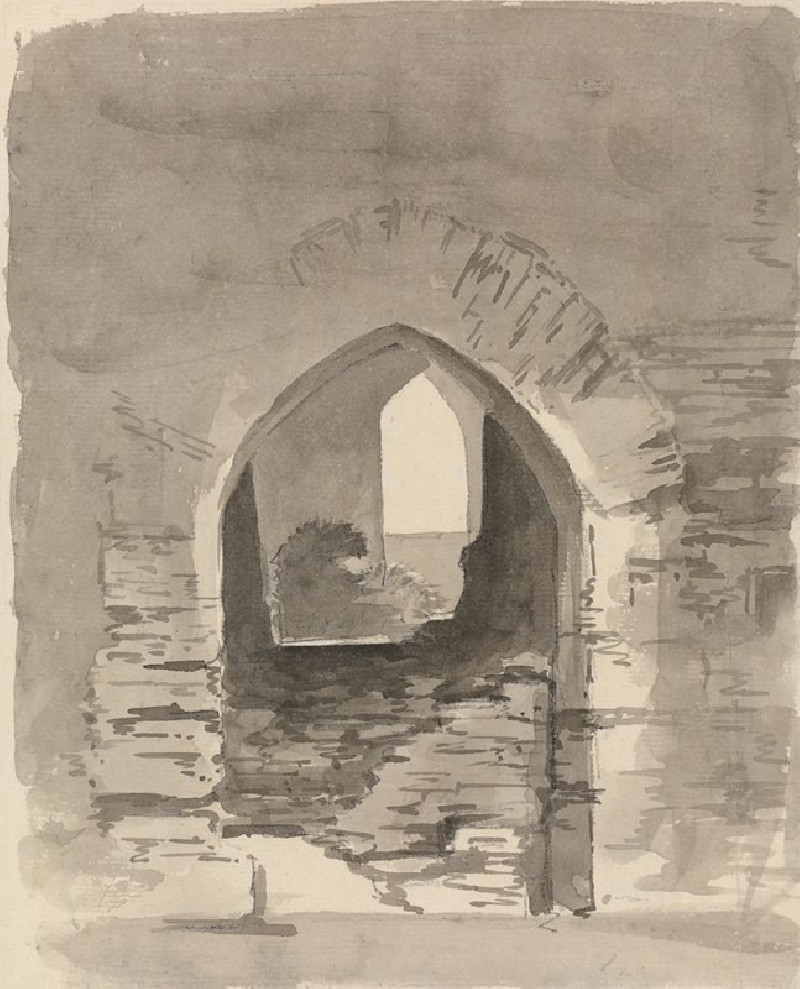
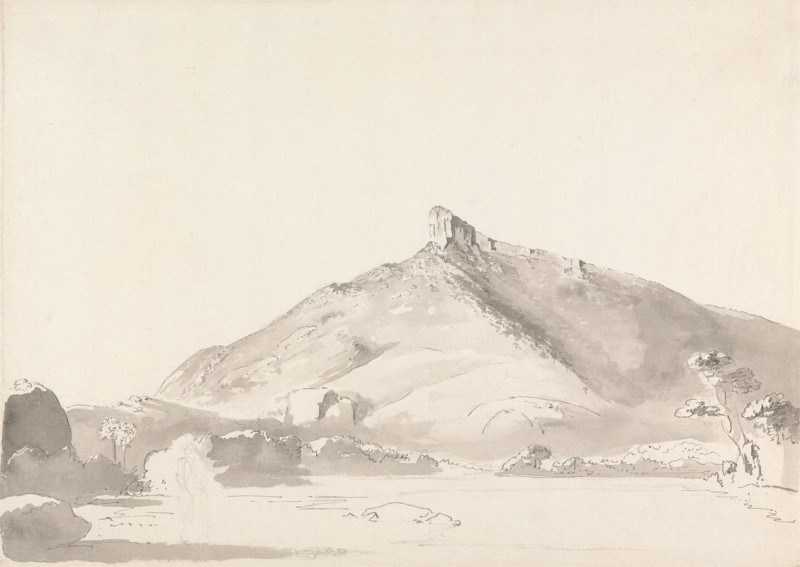


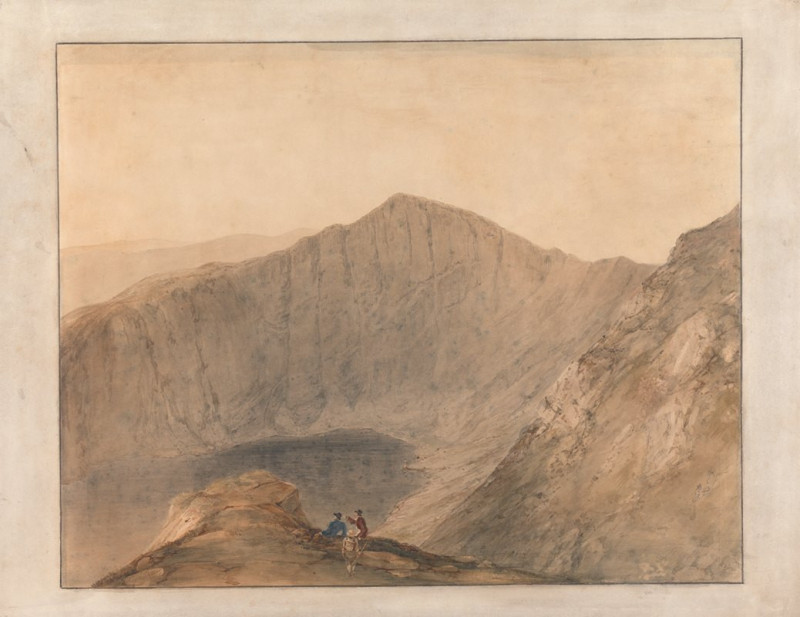
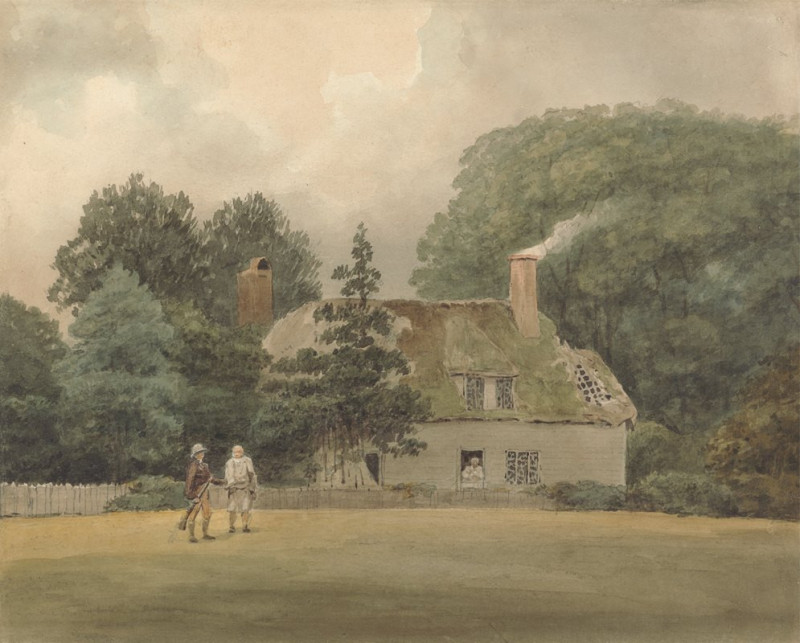
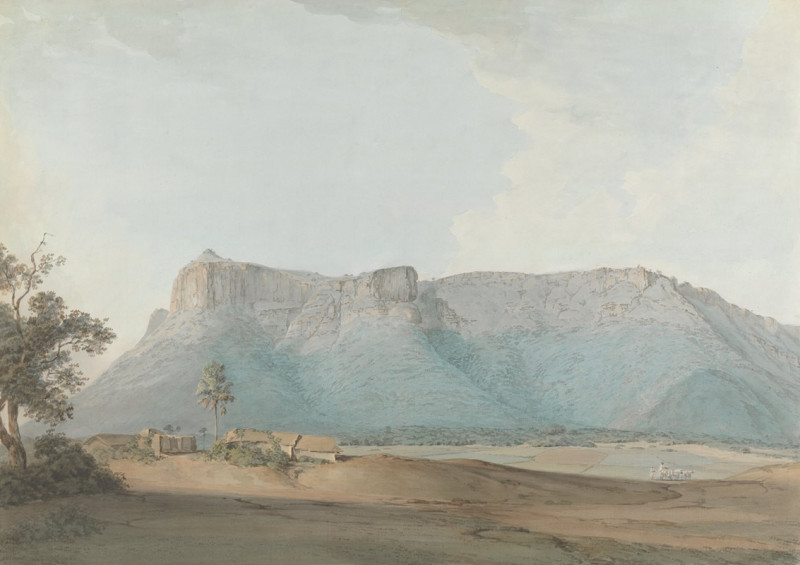
![At Moorshedubad [Murshidabad] reproduction of painting by Samuel Davis. ALL GICLEE PRINTS](https://reprodukcijos.lt/48403-large_default/reproduction-of-at-moorshedubad-murshidabad.jpg)
